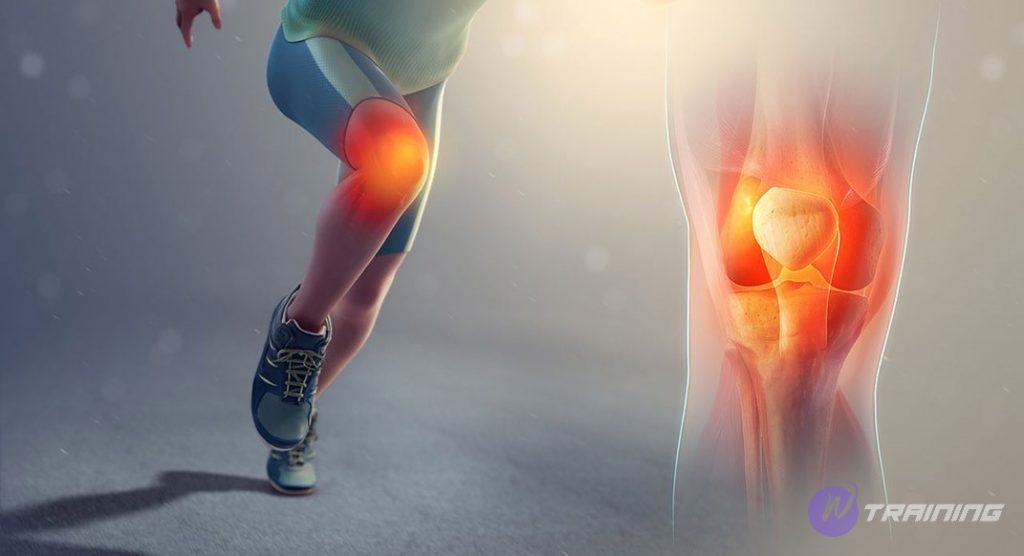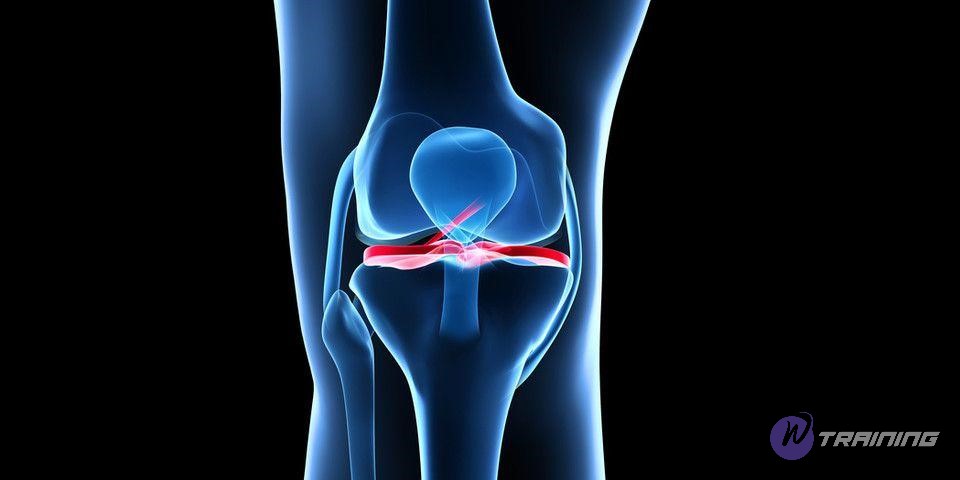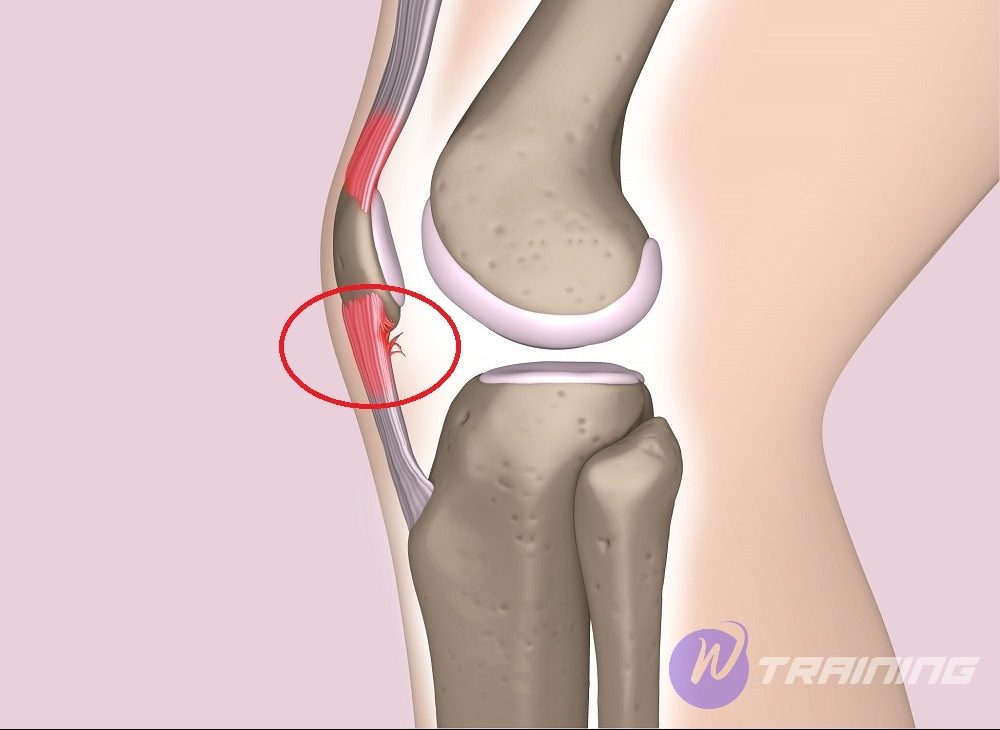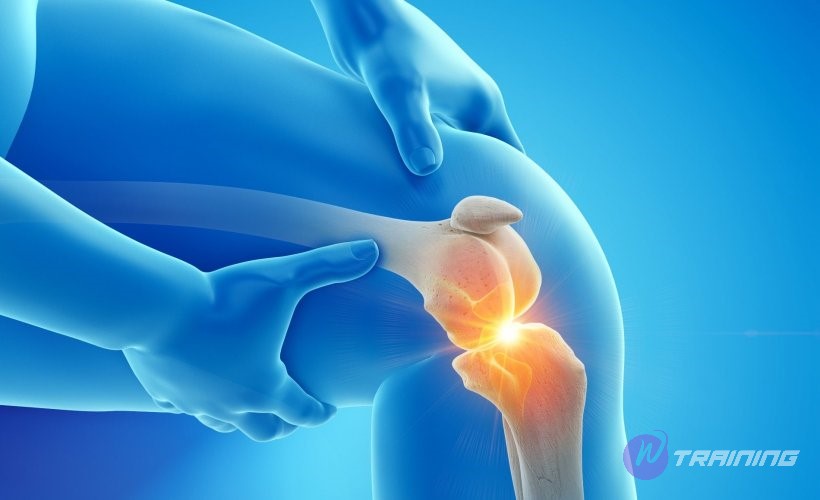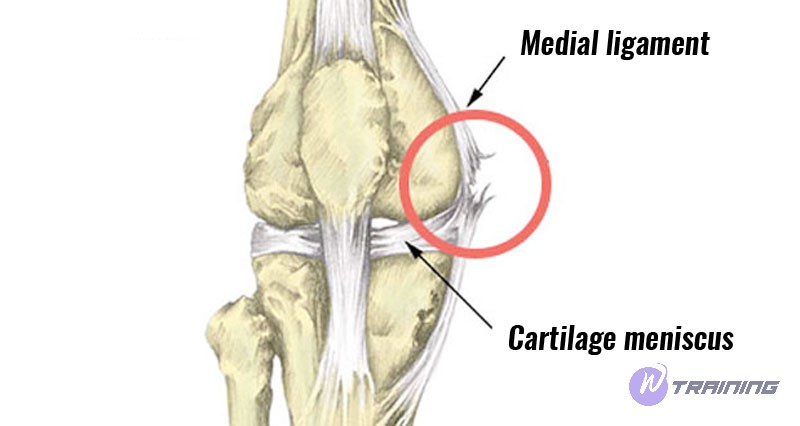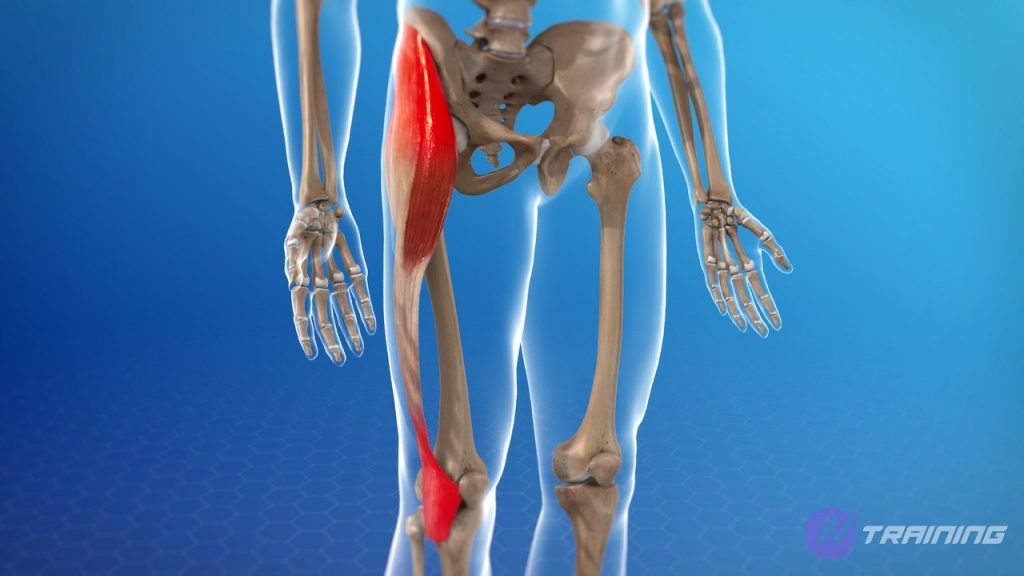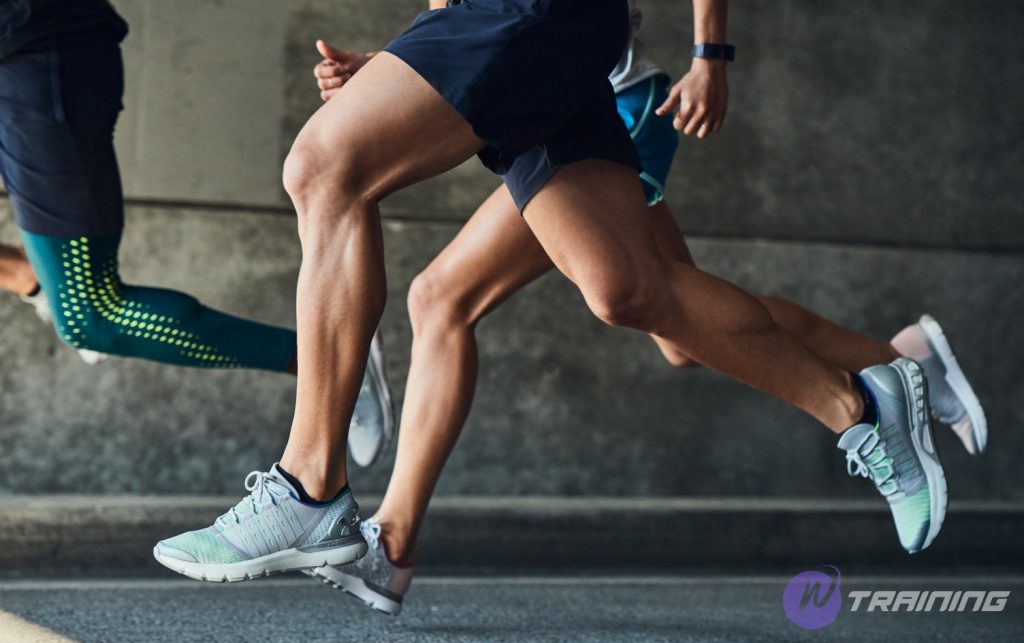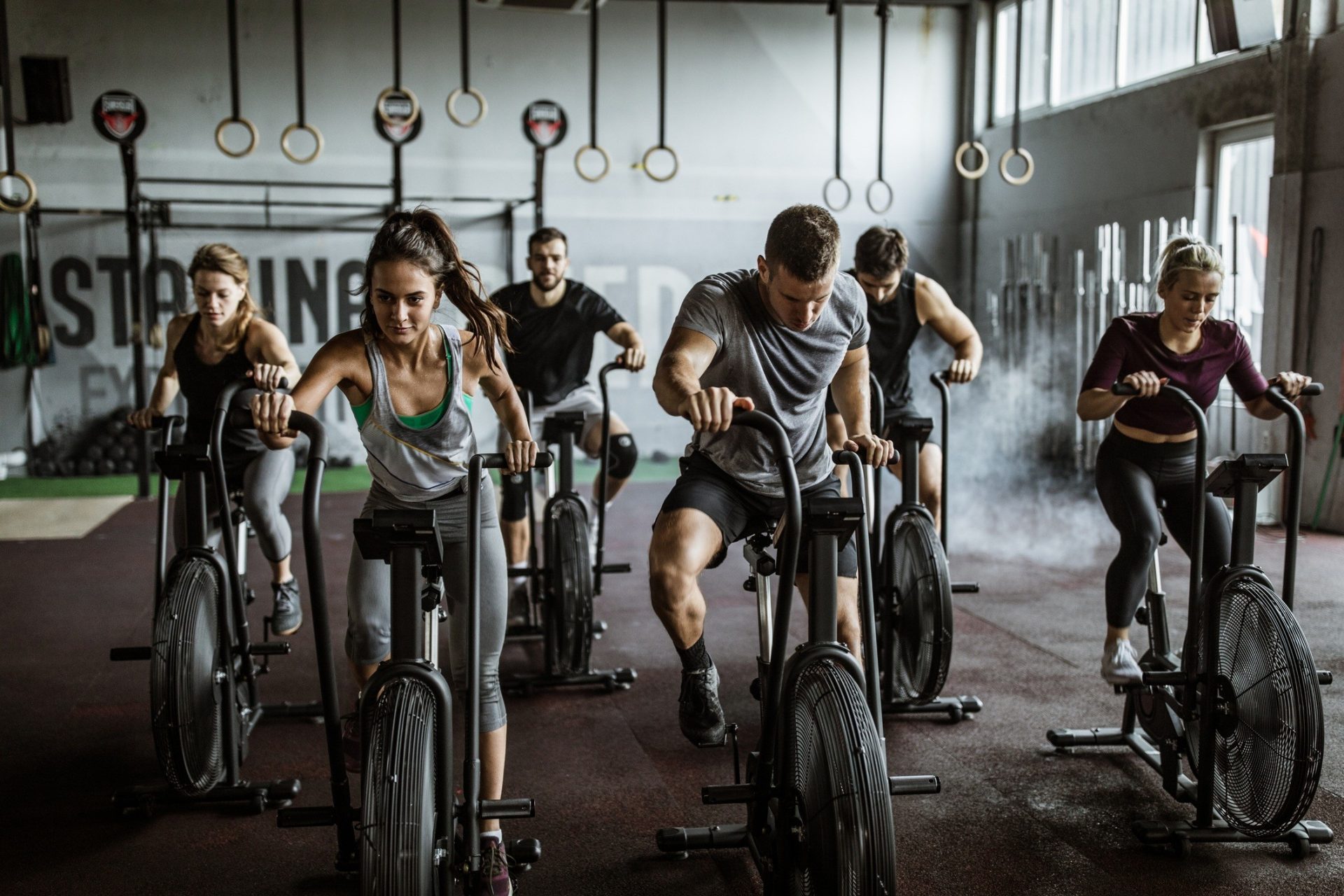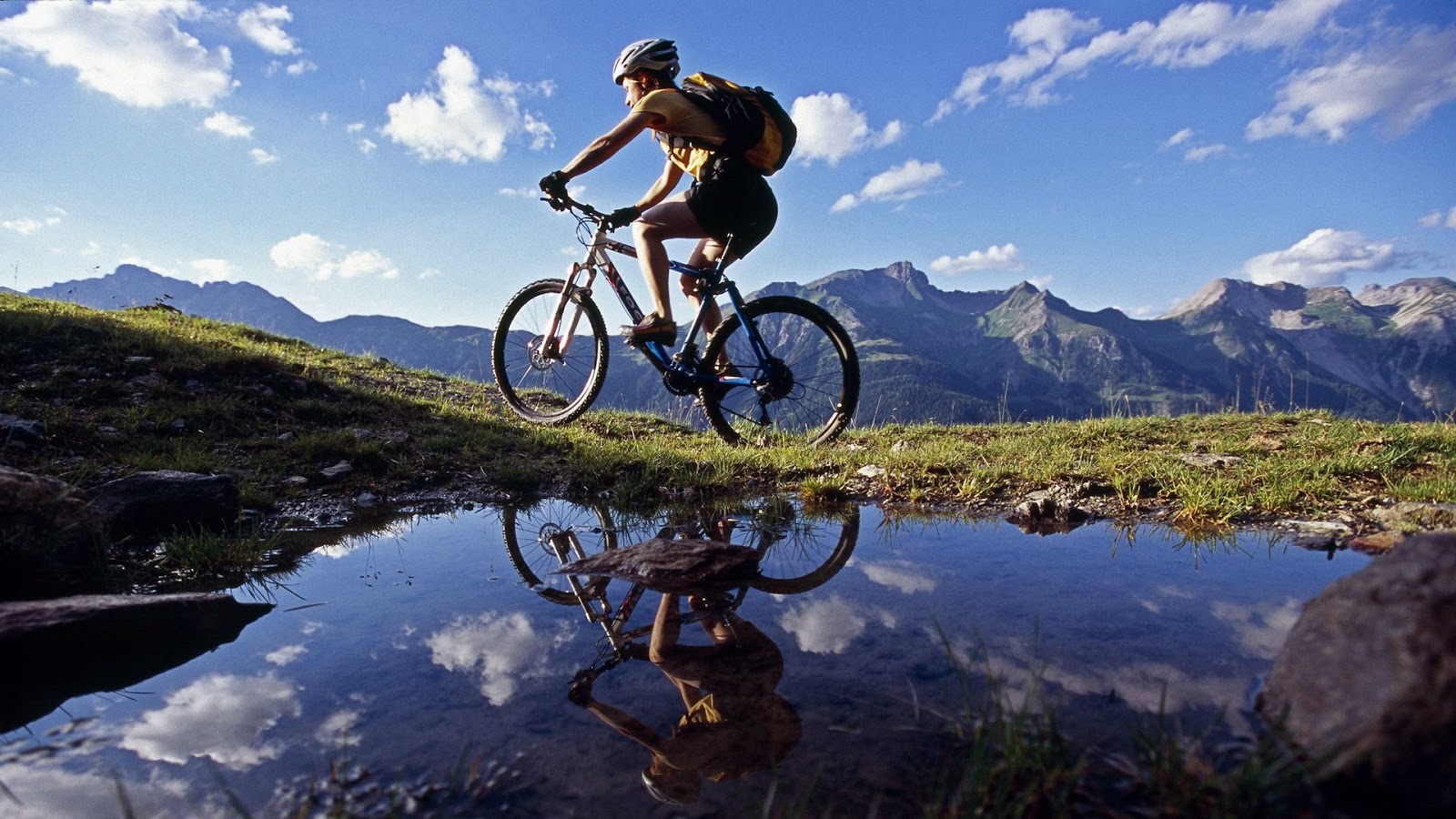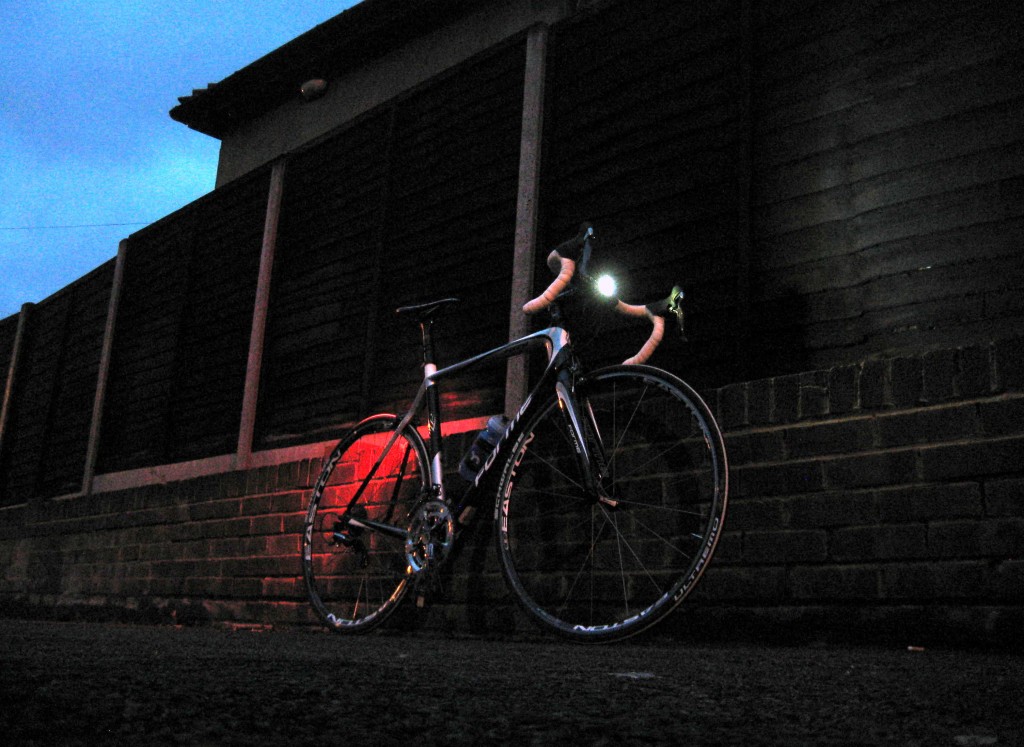Running knee pain often happens if you run incorrectly or have an underlying medical problem. In this article, we will help you point out the causes, treatment, and prevention as well as nutritional enhancement measures for the recovery of knee injuries.
Running knee pain
Running knee pain is the common term used to describe any one of several conditions that cause pain around the kneecap, also known as the patella. These conditions include anterior knee pain syndrome, patellofemoral malalignment, chondromalacia patella, and iliotibial band syndrome.
As the name suggests, running is a common cause of running knee pain, but any activity that repeatedly stresses the knee joint can cause the disorder. This can include walking, skiing, biking, jumping, cycling, and playing soccer.
According to the Harvard Medical School, running knee pain is more common in women than in men, particularly in women of middle age. People who are overweight are especially prone to the disorder.
See also: 7 Most Common Running Injuries: Causes and Correctives
Top 5 common running knee pain
1. Torn or broken ligaments
The knee joint is the strongest joint because it supports the entire body, and the knee joint is usually quite flexible in movement. But, when the knee is subjected to repetitive sudden and strong impacts, you may experience unfortunate knee sports injuries such as stretching, tearing, or ligament rupture. Anterior cross-ligament (ACL) injury often manifests itself in various forms such as ligament dilatation, partial rupture or complete rupture. ACL lesions are often very severe, take a long time to recover, and may require surgical treatment.
In addition, knee ligament injuries often occur with the posterior cross ligament (PCL) and middle cross ligament (MCL). These injuries are often accompanied by other injuries, but the severity is usually not as severe as the damage to the ACL. However, people experiencing injury still need to see a doctor and have a long time to recover.
To confirm a diagnosis of running knee pain, your doctor will obtain a complete history and conduct a thorough physical examination that may include a blood test, X-rays, an MRI scan, or a CT scan.
Temporary treatment
- Relax, rest, and avoid putting pressure on your knees.
- Apply cool ice to relieve pain.
- Use pain relievers or knee braces as directed by your doctor.
- If necessary, your doctor may order surgery to reconnect the ligament.
2. Knee patellar tendinitis
Tendinitis is inflammation and swelling of the knee tendons. Inflammation usually runs from the kneecap (knee cap) to the tibial bone (the shin bone).
In addition to the causes of a lot of activity from the right knee joint, knee patinitis can also occur in people who have had pre-tibial kelonitis (Osgood-Schlatter disease) and experienced pain in the past. in front of the knee.
Running knee injuries often cause sudden pain in the knee. After that, the pain can increase gradually, continuously, increasing pain with exercise. Patellar tendonitis usually normalizes spontaneously or becomes chronic.
Temporary treatment
- Rest temporarily, apply ice.
- Reduce activities that stretch the patella ligaments.
- Practice strengthening exercises for the quadriceps and hamstrings.
- See a doctor when pain symptoms persist.
3. Cartilage and joint damage
Cartilage is the part covering the femur and tibial plateau in the joint, ensuring the smoothness that allows the knee to move flexibly, gently and withstand the weight. Joint cartilage also reduces pressure and vibration on the joint surface effectively. However, because there is no nourishing vessel and not attached to the nerve end, it is not possible to self-heal.
When the knee is under a pressure too fast, strong compared to the movement of rotation, knee twisting … will cause the joint cartilage to tear, break. Cartilage damage is also painful and can form a foreign body in the joint, causing joint jamming. Symptoms are pain when moving and hearing joint jamming, clumping in the joint.
Temporary treatment
- Develop a reasonable rest and nutrition regime.
- Use cold compresses to relieve pain.
- Use pain relievers.
- Depending on the condition of the injury, the doctor will prescribe endoscopy treatment, cartilage transplantation or cartilage replacement …
4. Sprained knee
The knee joint is considered a hinge part that allows the leg to move forward and back in a dynamic way. A knee sprain is a condition in which the ligament gets torn or over-stretched between the tissues between the bones. This causes the structure in the knee joint that connects the femur and shin bone to be damaged and loosened due to overuse of the ligament.
A sprain is one of the most painful knee sports injuries and can lead to more serious medical conditions.
Temporary treatment
- Take an ice breaker to relieve pain and prevent bleeding
- Use a brace or medical elastic to secure the knee joint.
- Depending on the indications of medical specialists, minor surgery can re-connect or replace ligaments.
5. Iliotibial band syndrome
Symptoms of IT Band have progressed over time. Here are some typical manifestations of the pelvic tibial band syndrome:
Dull or severe pain in the knee, sometimes accompanied by a burning sensation
- The knee feels soft to the touch, without the usual elasticity
- The pain affects the thighs and hips
- The outside of the knee shows signs of warmth and redness
- These symptoms usually occur when the patient starts to exercise, lasting for a short time. However, if the irritating activities are not stopped, the IT band can be rubbed continuously against the knee, leading to severe swelling and pain in the knee.
Temporary treatment: Basic Injury Treatment – RICE
- Rest: This is the first rule that people with pelvic tibial plateau syndrome should follow.
- Ice: Applying an ice pack or a thin cold washcloth to your knee for about 15 minutes every 2 hours can help relieve pain and reduce inflammation.
- Compression: the patient performs compression in the knee, helps stabilize the knee, reduces friction when the nerve slides over the knee and effectively supports pain relief.
- Elevation: The patient needs to perform leg elevation, especially during the cold compress to limit the pain.
How to avoid knee injury during running
Here are a few ways to improve your running technique, avoid knee pain and ensure that you can run for many more years without any knee injuries.
1. Avoid strides beyond your knees
Always remember not to stride beyond your knees, but swing back. When the foot lands in front of the knee when you want to seem to have to break as quickly as the lower leg, this can increase your knee, and this is really not the part that is born to do Shock Absorbers.
2. Do not lift your knees while running
Several documents say that you must lift your knees high and lean forward for a longer stride. However, that advice is only for sprinters and certainly not suitable for endurance workouts. When you lift your knees and place your feet on the ground in front of your body, you’ll need to break again with every stride. This action will affect the knee causing joint pain, muscle pain.
What to do: At the end of each stride bend your knees while following the “knee down, heel up” rule.
3. Tilt your whole body forward
This will give you some support in the event that you need to break while the knee is in motion.
4. Keep your knees soft and bent
Many people often run over-stride and straighten their legs when they land. This impacts the knee, ankle injury when running.
What to do: Remind yourself that you will never stretch your legs while running.
5. Keep your knees aimed in the direction of the running
If your foot is misaligned, it hurts your ankle while jogging. Imagine someone grabbing your ankle and turning it outwards, it will be hard to bear.
What to do: Always rotate your toes in the direction you are running. Rotate all of your feet inward towards the centerline until your feet are parallel and forward.
6. Use knee pads when running
Using a knee bandage is the best way to prevent injury. It helps to limit the range of motion of the knee, keeping the knee in the correct position. In addition, it also helps the knee to avoid scratching during the trip
What to do: Choose an elastic knee bandage, with an extra brace or patella cushion in case you’ve ever injured.
Nutritional supplement for running knee pain
Besides preventive or therapeutic measures, nutritional supplementation for the recovery of injuries is also extremely important. Of course, this is often ignored by runners. Check out our dietary recommendations for people suffering from running knee pain.
1. Foods rich in vitamin C
Vitamin C is a water-soluble nutrient that our body is incapable of producing on its own. We need to supplement vitamin C for the body through a daily diet. Vitamin C assists in promoting healing and healing by increasing protein in the skin, tendons, ligaments and blood vessels. Vitamin C also possesses the effect of maintaining and strengthening the cartilage and bone tissue, so it is a very essential nutrient for athletes and those who exercise regularly. sport. Foods rich in vitamin C such as oranges, grapefruit, and succulent fruits like strawberries, kiwi, broccoli, etc.
2. Milk and milk products
What should I eat if I have a knee injury? Milk is one of the foods with the ability to prevent signs of bone aging. They contain a large amount of calcium, which promotes structural and strengthens bones. From there, helping the mucus in the joints to be born, serving the urgent needs of the body.
3. Protein-rich foods
When injured, our bodies need more protein than ever before. Whether or not recovery occurs quickly depends on the amount of protein absorbed by the body. The metabolic processes that take place in the body due to injury require the addition of protein for damage repair. So, a high protein diet is essential for everyone. Especially people with joint injuries should add protein-rich foods such as eggs, chicken, and beef to help the joints quickly recover from injury.
4. Zinc-rich foods
Every cell tissue in our body is with zinc distillation. Therefore, zinc plays a role in skin healing and injury recovery. Zinc promotes protein and fat absorption, thereby compensating for damaged tissues. Like vitamin A, zinc also enhances resistance and protects our bodies from the attack of viruses and infectious diseases. Zinc is found in oysters, legumes.
To sum up, good knee care is always a top priority for running lovers. Take steps to avoid running knee pain above!
Read more:
Most Popular Running Calf Injuries Maybe You Don’t Know
Sign And Symptoms Of Dehydration While Exercising
